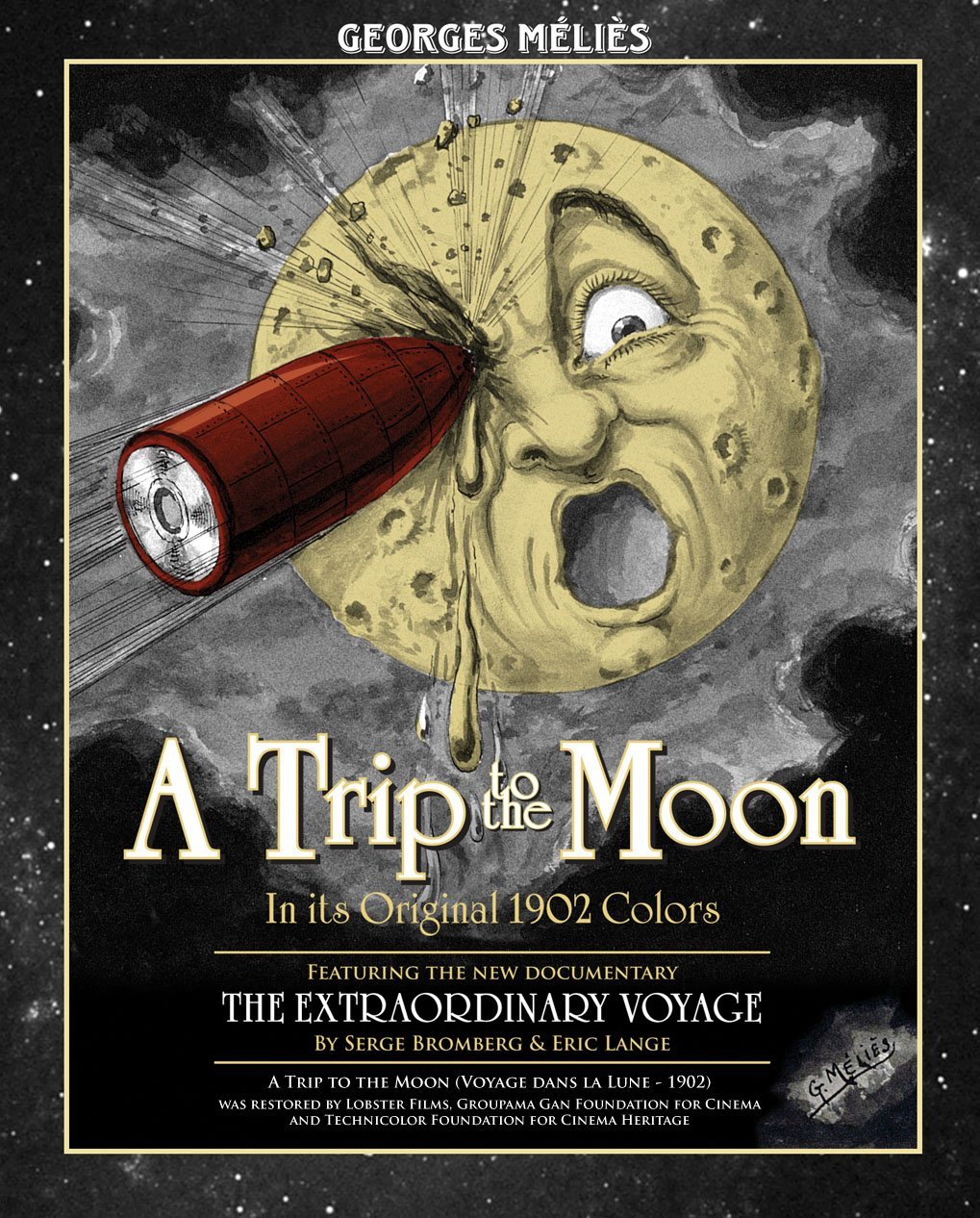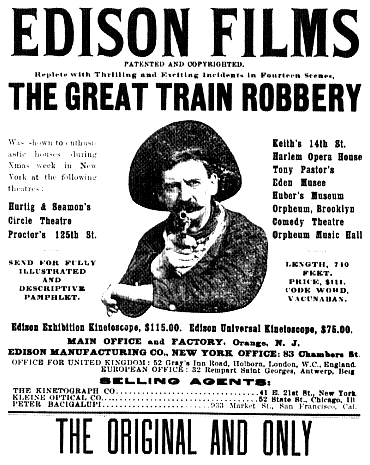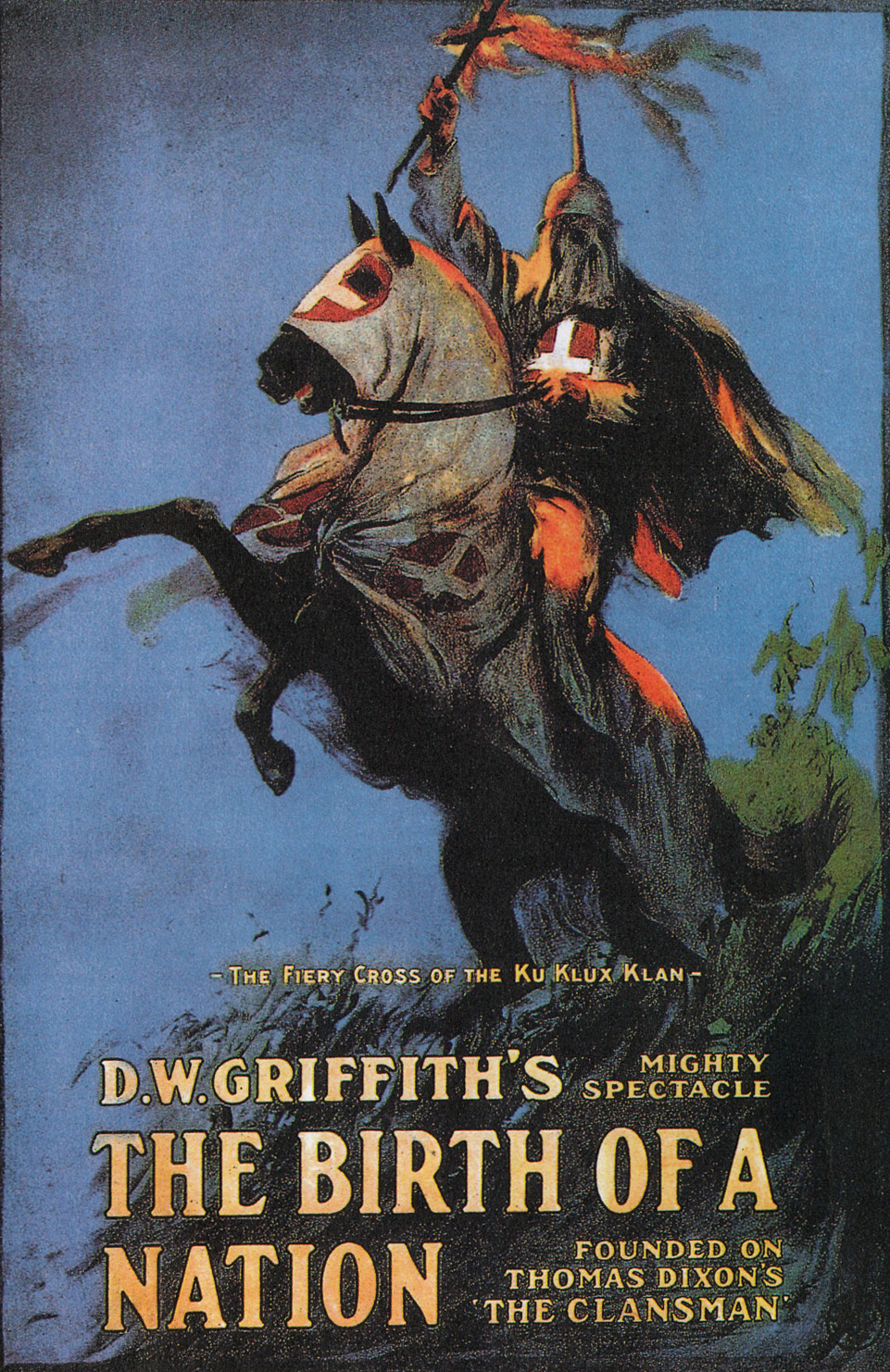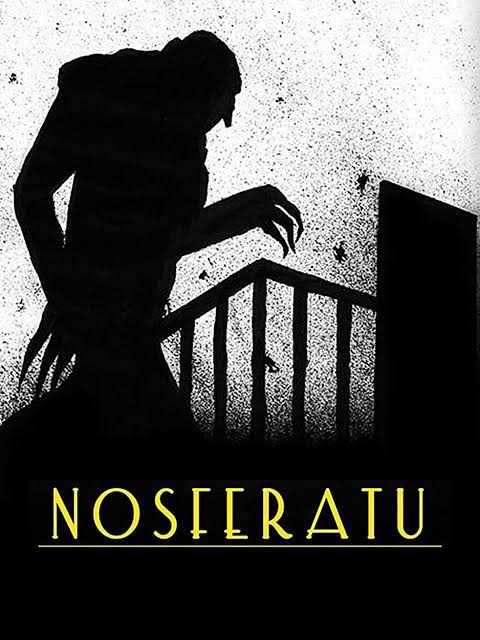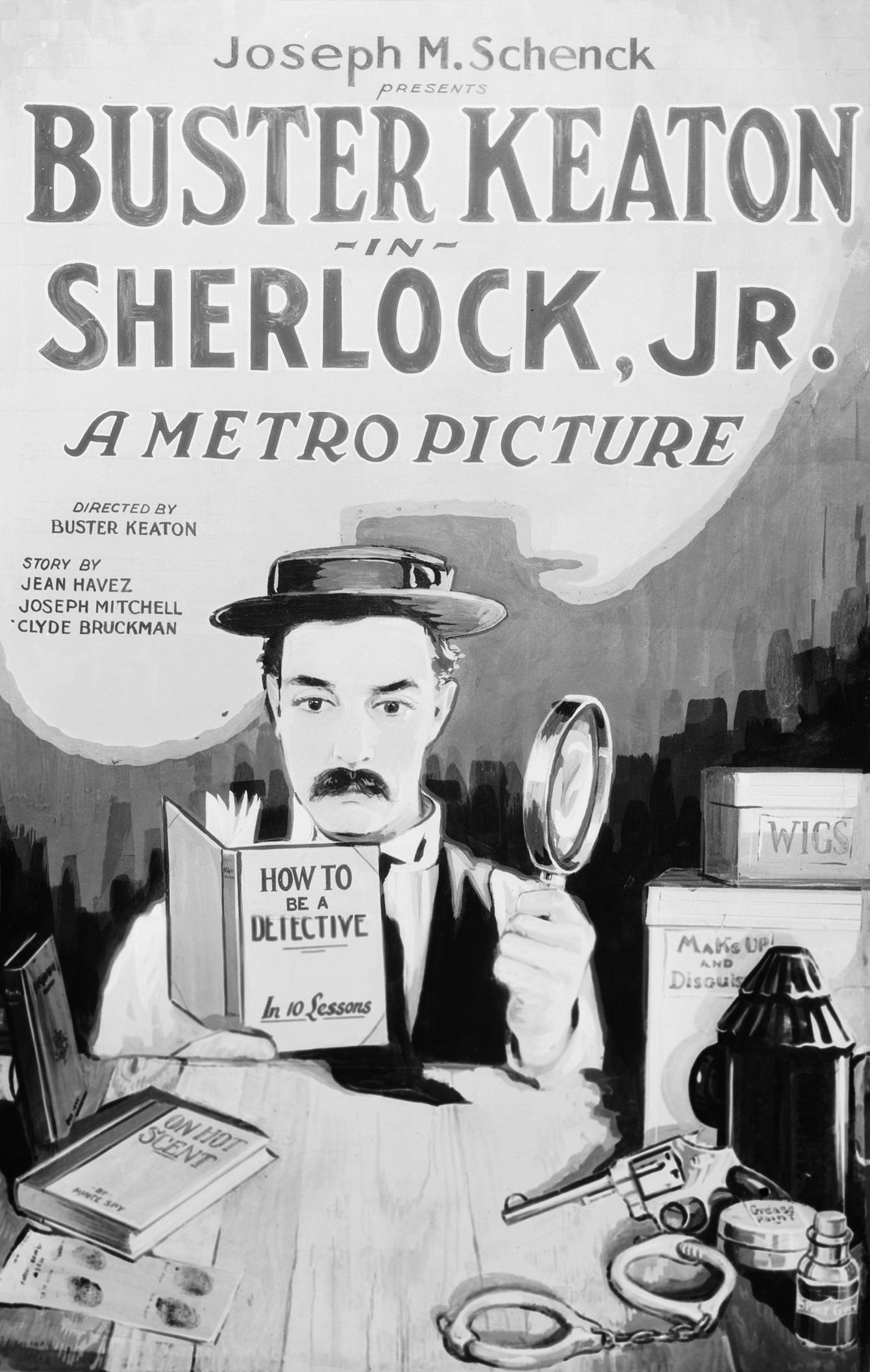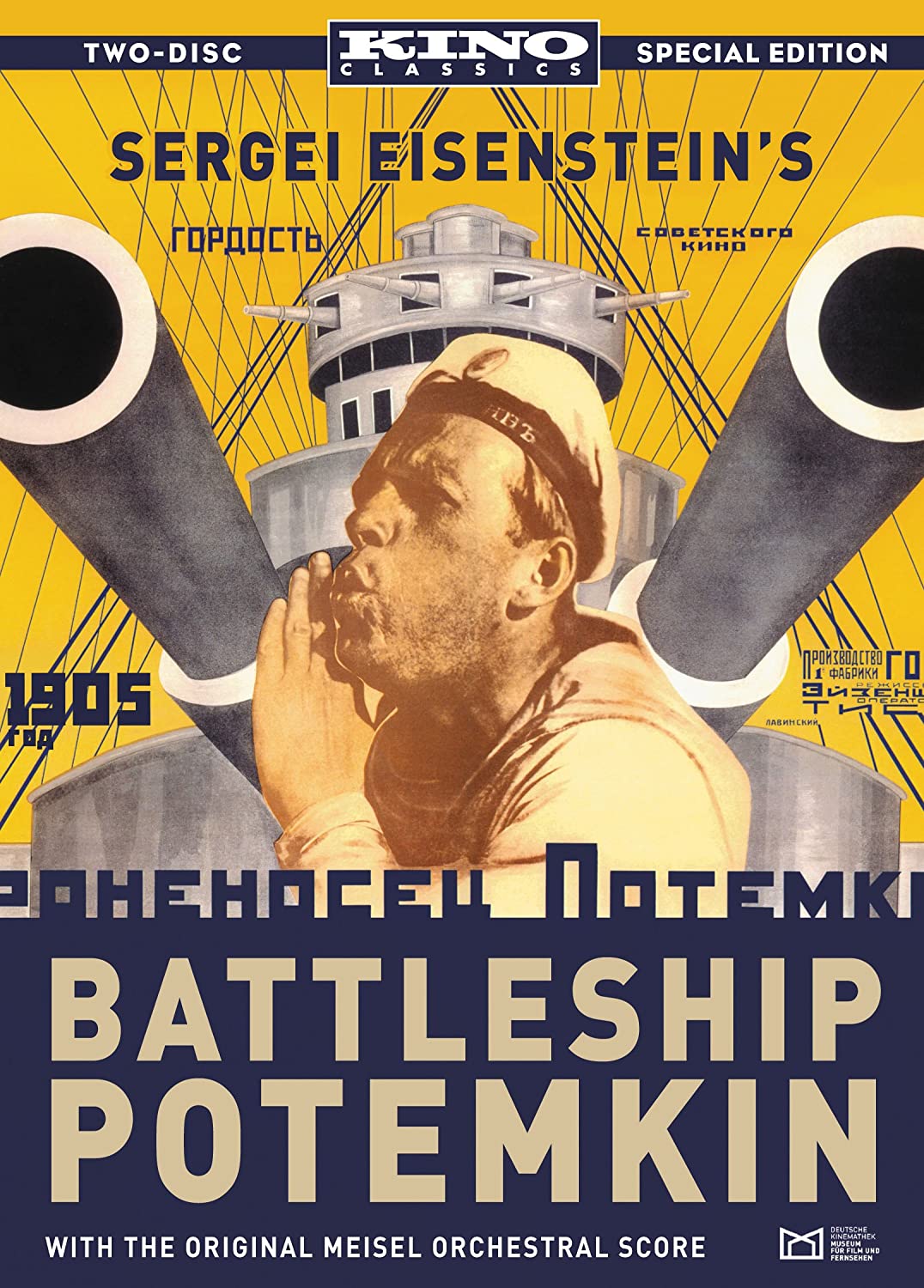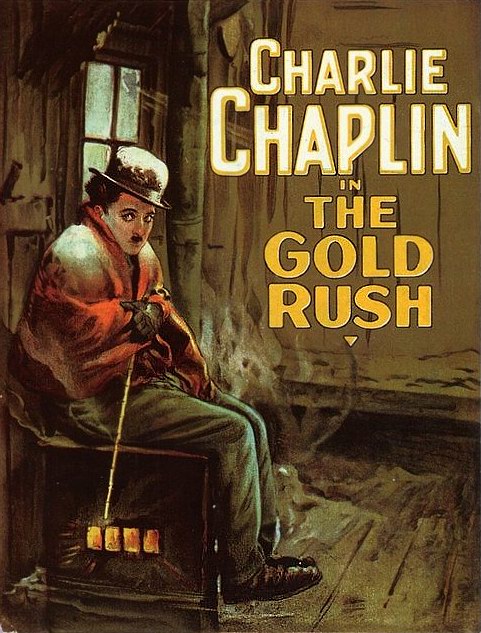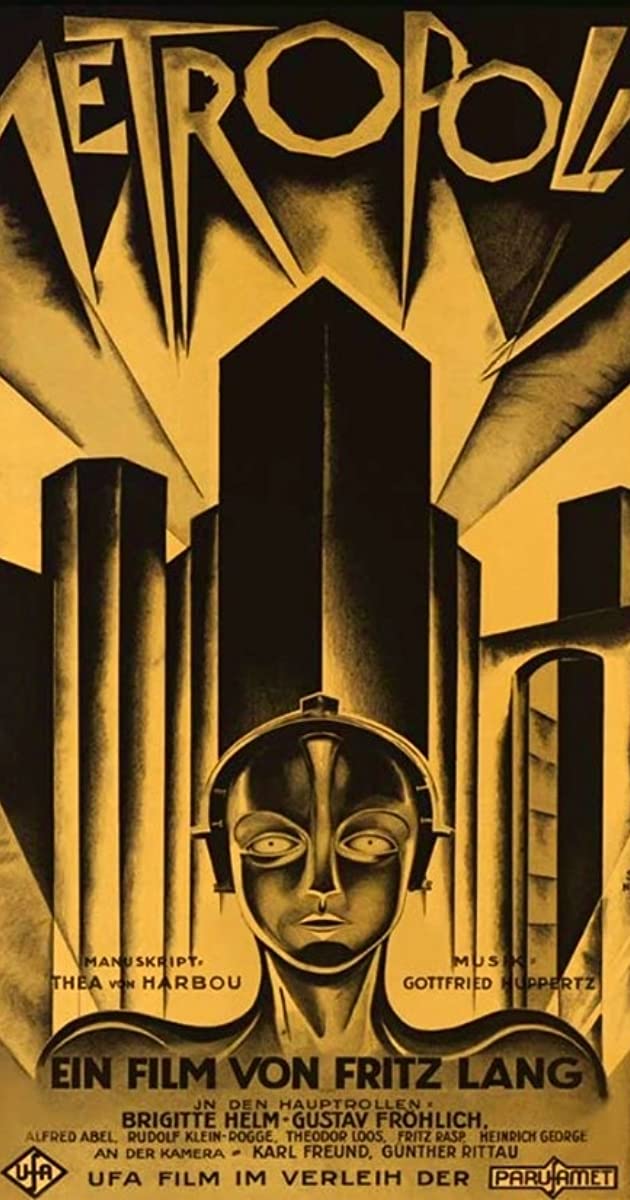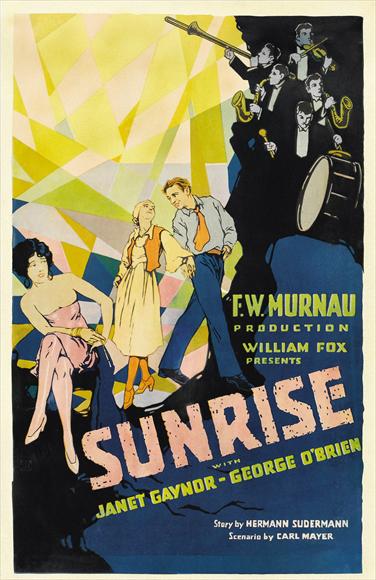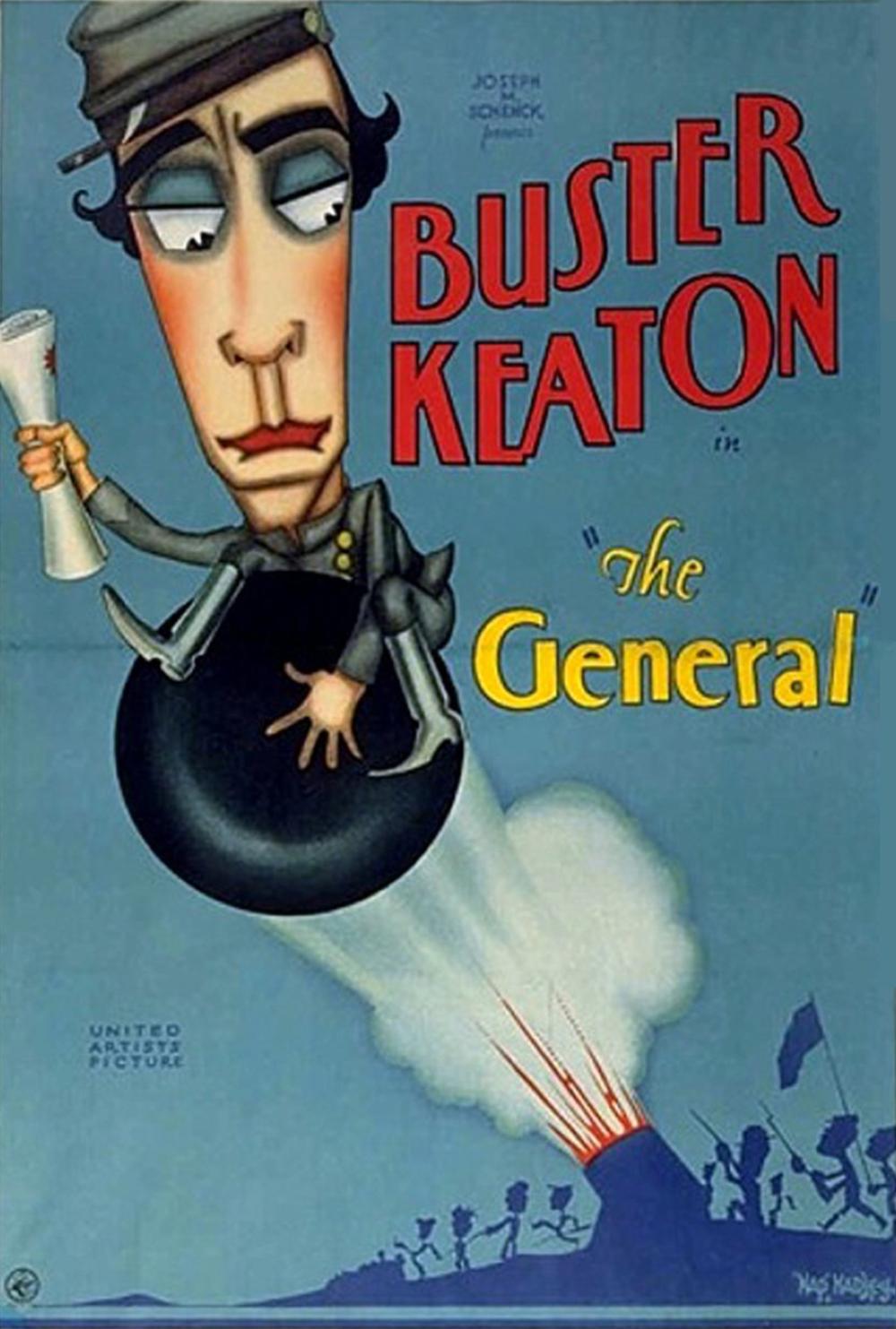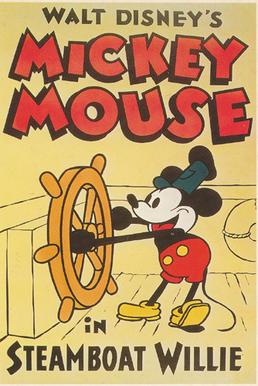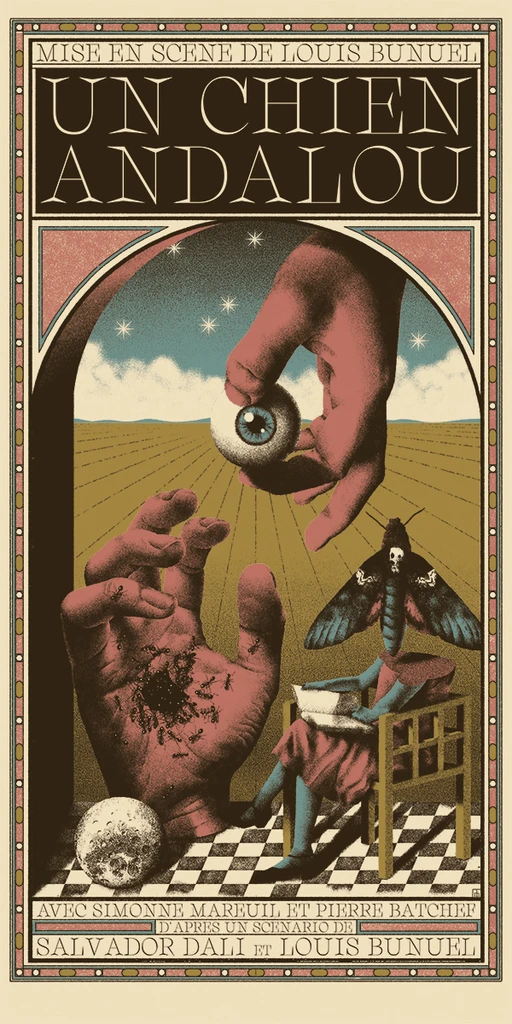The Silent Era (1878-1929)
Imagine its the year 1878 for a second. You've seen some print photographs before but never any that were moving. All of a sudden you experience a picture that does appear to be moving. Its a picture of a horse running endlessly to the right, but yet remains within the frame. You are shocked and amazed at what you are seeing. Not only does it seem like magic, but you are excited to see other pictures of things you recognize moving in this new-found plane. This is how people felt upon seeing the first "films".
During the silent era of film, audiences went to films for their spectacle rather than their narratives or writing. It was a period that could be considered a "Cinema of Attractions". People were shocked by the moving images on the screen. Each film generally lasted under a minute long and was usually just a single scene. Common scenes were of everyday life, public events, sporting events or slapstick gags. There were no established cinematic techniques during this period, so to engage audiences many films were hand painted to add life to them. Some theatres and films would go as far as to use orchestras and performers to score and explain what was happening on the screen. In order to bypass the need for a performer, however, films eventually adopted the use of inter-title cards to provide dialogue and better context for the events unfolding.
The entire film industry was built around the novelty of moving pictures. Films were a relatively cheap way of providing entertainment to people all over the world. As demand for more films grew, studios started focusing on mass production rather than whether each film was good or not. Producers were hired to watch over the development of entire films and made sure quotas were met. Eventually people demanded a higher quality of film, so by the 1920s better narratives became more commonplace.
Fun Fact: Nickelodeons were theaters that charged a nickle to get in. They were wildly successful.

